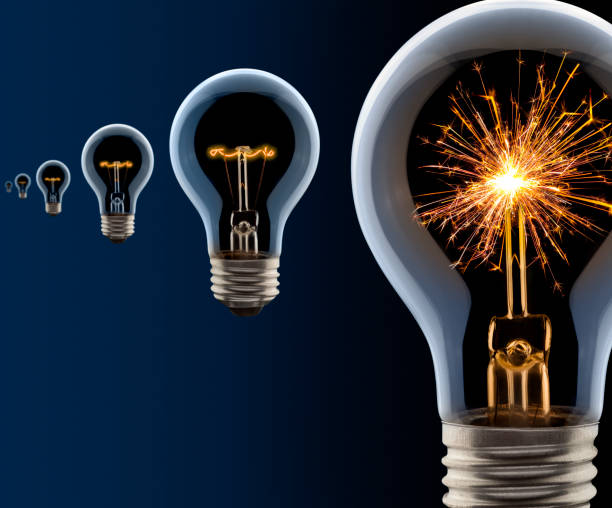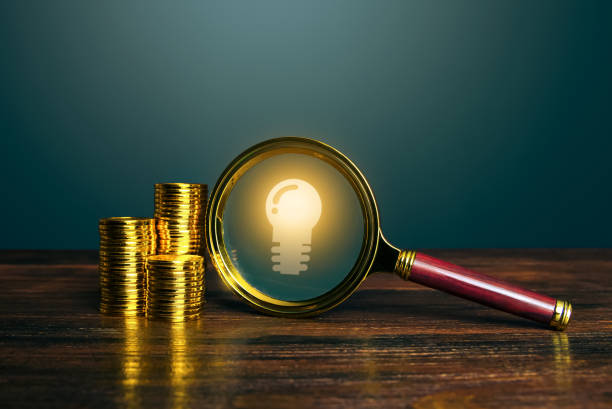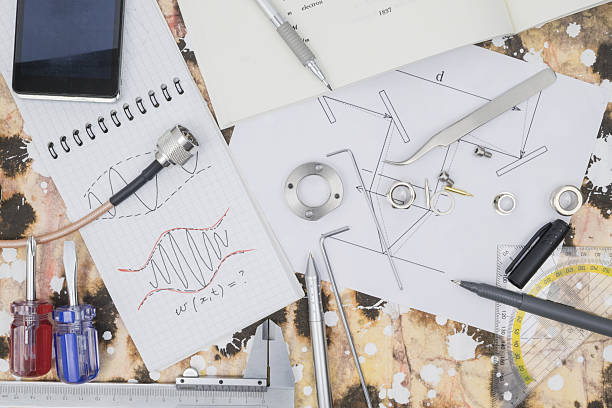Acquiring the correct patent application at the appropriate time is essential for securing protection for your invention. While provisional applications may offer some initial advantages, we typically advise against them.
Non-provisional application refers to a utility patent application filed with the USPTO that seeks approval for your invention and grants you patent protection. On average, it takes the USPTO one to three years to review and issue the patent.
What Are the Benefits of a Non-Provisional Patent?
One of the primary advantages of filing a nonprovisional application is that it offers you an opportunity to save money on your patent. For instance, if your toy requires only a nonprovisional patent for twelve months, then your cost would only be $1905.
Savings can be significant for inventors with limited financial resources or businesses facing difficulties during the commercialization process. It also benefits people developing products who want to ensure their idea merits further investigation before investing in patent protection.

Filing a nonprovisional application has the major advantage of giving you an advantage on your patent application. In certain countries, filing for a patent with another country allows for priority if submitted as a provisional application first and then filing the nonprovisional within one year after that. This advantage can be especially advantageous in rapidly growing markets where an early file date could help beat out competitors.
Another advantage of a nonprovisional application is that your invention will be made public through the USPTO’s Official Gazette, making it simpler for potential investors to assess the worth of your product and decide whether or not they should invest in your company.
Finally, a nonprovisional application grants you the right to use the term “patent pending,” making it simpler for consumers and other potential partners to recognize your product as one that has been legitimately supported by a patent.
In conclusion, a nonprovisional application is an essential step for any inventor when applying for a patent for their invention. Not only will this give you an edge on the competition, but it can also give you insight into how well your product might sell in the market – saving money in the long run! It’s best to consult with an experienced patent attorney before making your final decision; ultimately, this decision should be based on personal needs and goals for your invention.
Costs
Nonprovisional applications have different costs associated with them but can be an economical way to save money before filing a full patent application. However, you must ensure all necessary information is included in the application; otherwise, your application may be rejected and you’ll have to start over from scratch.
Generally, the cost to prepare and file a nonprovisional application is higher than for a provisional application. This is because there are additional fees for drafting, filing, search fees, and examination costs.

When applying for nonprovisional status, the process can either be one-step or two-step. Typically, costs associated with a two-step application are lower than those associated with a one-step one, as there’s an opportunity to reduce upfront expenses and spread them out over the year.
An inventor filing a nonprovisional application for an invention would likely need to pay $1500 to prepare claims related to their creation. The government filing fee for non-provisional applications is $530, so in total the total cost of filing would be $2125.
Nonprovisional applications do not shield an invention from public view, but they can serve as a legal foundation for future patent applications and allow the inventor to establish a priority date for future inventions. This helps guarantee that their ideas remain protected and that no other party patents the invention before them.
Attorney fees for preparing and filing a nonprovisional patent application are significantly higher than those for provisional patent applications due to the more detailed drafting required and added time spent on it.
Drafting a patent can be tedious due to the difficulty in gathering all pertinent details and choosing how best to describe an invention. That is why hiring an experienced patent attorney is so important for success.
In addition to drafting and filing, a nonprovisional patent application also necessitates searching for prior art innovations as well as an application examination by the USPTO. These costs can add up quickly, so it is essential to budget for them ahead of time.
Filing
A nonprovisional application is an essential first step in obtaining patent protection. This form of application must be filed with the USPTO and guarantees you a place in line for a patent when issued. As this process can be quite intricate, hiring a registered patent attorney to help guide you through it is recommended.
In the United States, three types of patents exist: utility, design, and plant. Utility patents safeguard inventions with practical uses and are the most popular form granted by the USPTO. They encompass the structure, operation, and/or use of an invention.
However, the process of obtaining a patent can be time-consuming and costly. That is why many inventors opt to file a provisional application before filing a nonprovisional one in order to save money and gain priority during the early stages of development.
Filing a provisional application is an affordable and straightforward way to protect an invention for 12 months while waiting for the USPTO to review your application and issue you with a patent. The primary advantage of this is that it gives you priority in line for obtaining protection, so you can focus on developing your idea and finding funding sources.
One disadvantage of this route, however, is that it can take up to a year for the USPTO to issue you with a patent. This is because they must evaluate each claim in your application to determine if it meets patentability requirements before issuing you with one.
Therefore, it is essential to craft your application carefully and ensure that all claims are clearly defined and accurately describe your invention. Failing to do so could prove disastrous for your provisional application and prevent you from obtaining any patent protection.

Obtaining a patent can be an expensive and time-consuming process, so it is recommended that you enlist the services of a knowledgeable patent lawyer for assistance. A knowledgeable patent attorney will be able to guide you through every step of the way while helping ensure that your invention receives protection in the long run.
Examination
An examination is an educational assessment that tests a person’s knowledge, skill, aptitude, physical fitness or standing in some area. It can also refer to any kind of examination done on something.
Exams come in many forms and each has their own distinct definition and purpose. Exams can be written, oral or even physical and typically provide a grade or percentage based on how well someone has performed in an area. They’re crucial for college admissions or even getting a job.
Exams have a popular and familiar meaning as tests. This can be extremely beneficial in determining how much someone has learned about a subject or area. Exams provide invaluable feedback that helps people identify areas for improvement as well as areas they should prioritize.
An examination is also commonly used as a measure of someone’s aptitude or skill in an area. Schools, colleges, and employers use it to try and determine who has the best abilities or skills for a given job.
Exams can be administered by various institutions in a variety of ways, from pen-and-paper tests to computer-based online systems. It has become a ubiquitous term used in universities and colleges around the world over time.

In the United States, most patent applications are non-provisional applications. Once received, these patent applications are placed in a queue to be reviewed by a patent examiner, and typically takes one to two years before review occurs.
When an inventor files a non-provisional application for patent protection, they are required to pay several fees: filing and search costs as well as an examination fee. These cover the expenses incurred by the patent office while assessing and reviewing your invention.
Conclusion
Filing a nonprovisional patent application offers inventors numerous advantages, including thorough examination, earlier priority date, comprehensive disclosure, increased credibility, and extended protection. It is a strategic and essential step towards obtaining robust patent rights, protecting intellectual property, and maximizing the potential commercial value of the invention. By consulting with a patent attorney or agent, inventors can navigate the complex patent process, ensure compliance with legal requirements, and enhance the chances of securing valuable patent protection for their inventions.




